On May 1, bouquets of lilies of the valley and a large event mark Labor Day like every year.
Lily of the valley at the Elysee
At the Elysee Palace, representatives of the horticultural industry presented the lily of the valley during the traditional ceremony in the presence of the president of the Rungis market, Stéphane Layani. The Minister of Agriculture and Food, Mr. Julien Denormandie, and the Minister Delegate, in charge of Small and Medium Enterprises, Mr. Alain Griset, surrounded the presidential couple.
The President of the Republic praised the profession which has suffered greatly from this period of pandemic. It has ensured its promotion through a recognition label: « Fleurs de France ». Emmanuel Macron congratulated the initiatives taken by the Rungis market to fight against food insecurity, in partnership with solidarity companies and associations. He insisted on 2 points:
- The mobilization and work of the families of Rungis who made it possible to stock up throughout the confinement.
- Hats off to the entire French agro-food chain – farmers, transporters, processors, distributors.
In his speech, the president spoke about the various stages of deconfinement and the gradual recovery from May 19. He promised « to use this restart to go further on learning » and mentioned a « second step » of the revival, with consultations conducted this summer.
Lily of the valley sale
This year, the sale of lily of the valley was authorized, unlike last year. Florists and garden centers, « open essential shops », were able to set up in front of their shops to offer a few bells to passers-by. Inside, it was necessary to respect the sanitary rules and not to exceed 6 people.
You had to count between 2 and 6 € for a sprig of lily of the valley or a small pot at the supermarket, a little more at a florist. For street sales, the range ranged from € 1.50 for individuals and € 3 to € 5 for the benefit of associations.
For those who had the courage, they could pick wild lily of the valley in a wood but only outside of curfew hours, from 6 to 7 p.m.
What does May 1 lily of the valley mean?
Lily of the valley is the symbolic flower of May 1st. It grows in the northern hemisphere and has several kinds of varieties. In France, 80% of its production is in Loire Atlantique. The Nantes region is suitable, because of its oceanic climate, mild and humid. Symbol of spring, it represents the return of happiness. The real lucky strand must have 13 bells.
The white bells already brought good luck in Antiquity and among the Celts. In the Middle Ages, a bouquet of lily of the valley was hung on the door of the bride and groom. It was not until the Renaissance that King Charles IX decided to make it a lucky charm and offer it to the ladies of the Court every year on May 1. During the Revolution, the red rosehips replaced the May 1 lily of the valley. The tradition goes back to the 19th century when the great couturiers offered them to their seamstresses and clients. In 1941, Marshal Pétain associated this flower with Labor Day.
The demonstration
May 1 is recognized as an international day of action, following the death sentences of several demonstrators. On May 1, 1886, the Chicago labor unions organized a large strike movement in favor of the 8-hour day. This day is celebrated in many countries around the world and parades take place.
Like every year, a demonstration took place in the big cities of France. This year, despite the pandemic, it held to the call of the unions and with respect for barrier gestures. The CGT had 300 processions throughout France For 2 years, this is the first time that the unions have brought together so many people. This year, between 106,000 and 150,000 people marched across France to celebrate May 1st.
The Parisian procession
All the trade unions called for demonstrations on Saturday, May 1, 2021. The unitary demonstration left from Place de la République to reach the Nation. It brought together between 17,000 and 25,000 participants
. Commemorating its 150 years, the Commune was present before the union parade with a « Commune » procession, red and black flags, canteens and food, brass bands and determination.
In the morning, after a tribute to the last 147 Communards shot against the Federated Wall in Père-Lachaise, the « Force Ouvrière » union gathered at Place Gambetta.
Various processions made up the main event at 2 p.m. Among them, that of the intermittents who have occupied the Odeon since the beginning of March and those of the Yellow Vests with their leaders.
As at every event, the « Rosies » in their overalls, like Rosie the riveter, sang their songs. They performed the choreographies, according to the ritual that made them famous during the protests against the pension reform at the end of 2019.
The main union leaders were side by side behind the head banner: Philippe Martinez (CGT), Simon Dutheil (Solidaires), Yves Veyrier (FO) and Benoît Teste (FSU).
The revendications
We find the same demands: Unemployment insurance and the consequences of the pandemic in the fields of health, economy, social and democracy.
After these periods of restrictions, loss of wages and even jobs, workers expect gestures of power and understanding. You have to get out of it, no matter what.
The URIF CGT FO FSU and Solidaires, with the UNEF and the UN, are demonstrating for:
- The immediate lifting of the state of emergency
- The repeal of the “global security” law, the abandonment of the “separatism” bill
- The cancellation of the unemployment insurance reform
- The outright withdrawal of the pension reform and the revaluation of pensions and pensions
- The repeal of the law on the transformation of the civil service and the immediate increase in the value of the index point for civil servants
- The increase in the minimum wage and minimums
- The immediate end of layoffs
- The end of the distribution of dividends,
- Partial unemployment compensated at 100%,
- Respect for working hours, towards a reduction without loss of salary.
- Immediate pay equality between women and men.
- Immediate resources for health and public hospitals and all public services.
The clashes in Paris
Clashes erupted in Paris, on the sidelines of the May 1 demonstration. After half an hour, tensions were observed in the procession, forcing the BRAV to intervene against the actions of Black Blocks. In total, the Prefecture had mobilized 5,000 police and gendarmes. Fireworks, thrown projectiles, tear gas, arrests, charge of the police … delay the arrival of the procession to the Nation. The number of arrests, from 17 at the start, reached 46 at the end of the demonstration, including 14 in police custody. We deplore 21 injured including 4 serious.
Violently attacked, the CGT saw its trucks stoned and several of them set on fire, thugs also attacked activists and the police. For the officials, the unions did not protect the people. This is where we see a certain divergence on the left.
Parades in the provinces
- In Lyon, 3,000 people marched. A brief clash erupted at the start of the demonstration between a small group of « black blocks » and the police. Windows and advertising panels were damaged. There are 4 arrests.
- In Marseille, around 3,500 demonstrators left the Old Port in the rain. They shouted their anger at the unemployment insurance reform-
- In Rennes, they were 2,000, according to FO.
- In Nantes, the demonstration brought together 3,750 people. A hundred Ultra Left produced clashes
- In Toulouse, more than a thousand people marched through the city center. There was a large delegation of « Yellow Vests »
- In Bordeaux, between 1,600 (police) and 4,500 (unions) were gathered in the center of the city.
- In Lille, Jean-Luc Mélenchon, presidential candidate 2020, was in the procession.
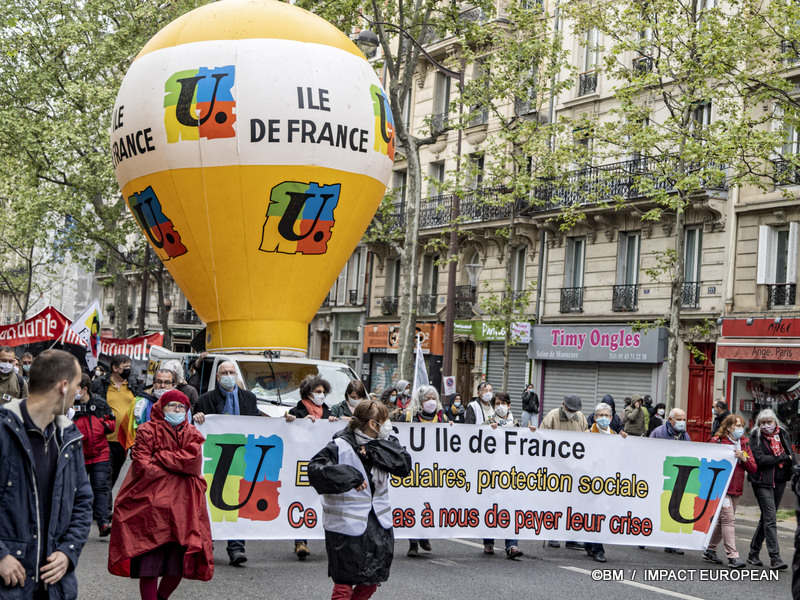
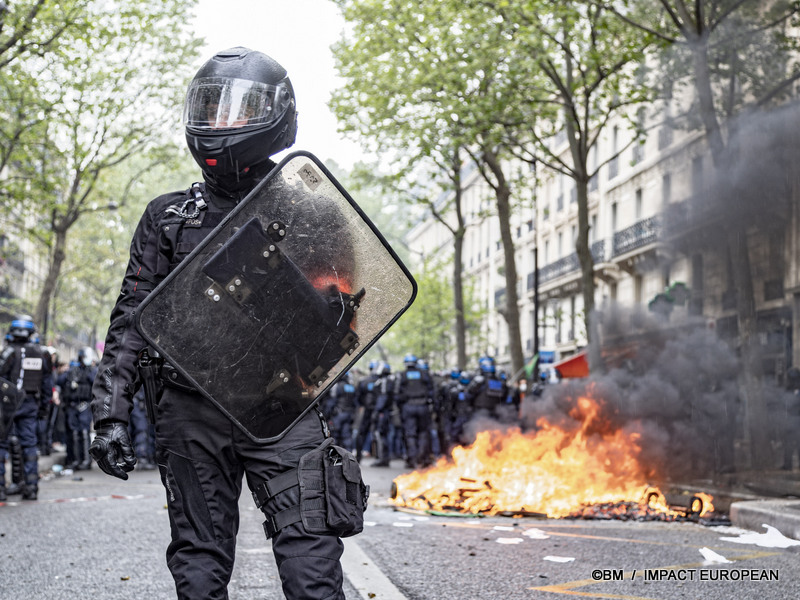
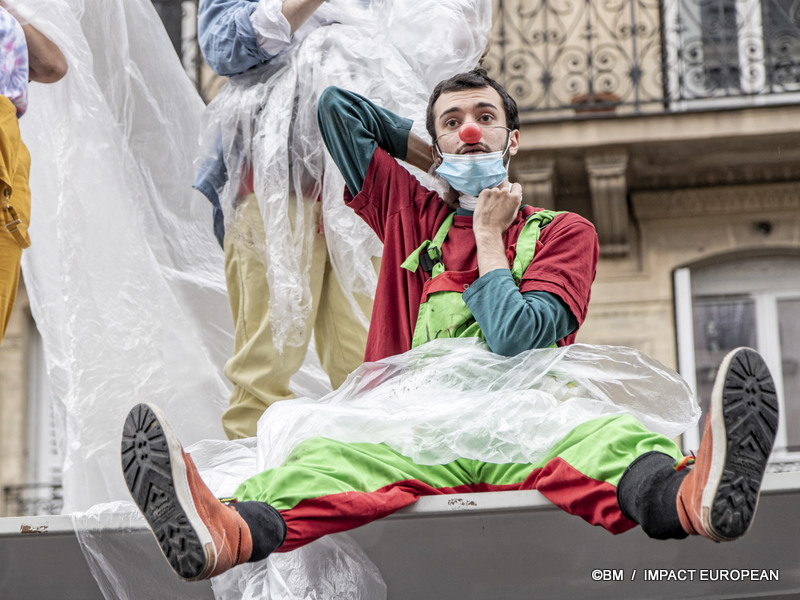
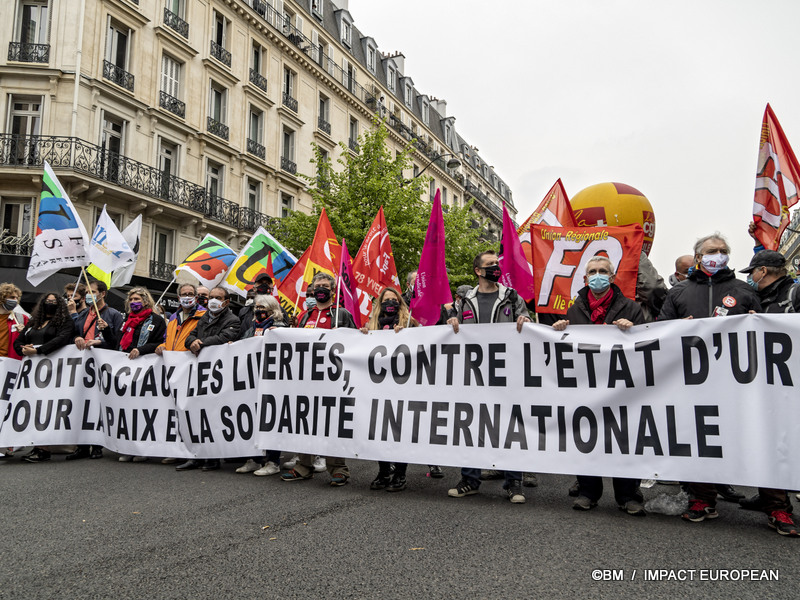
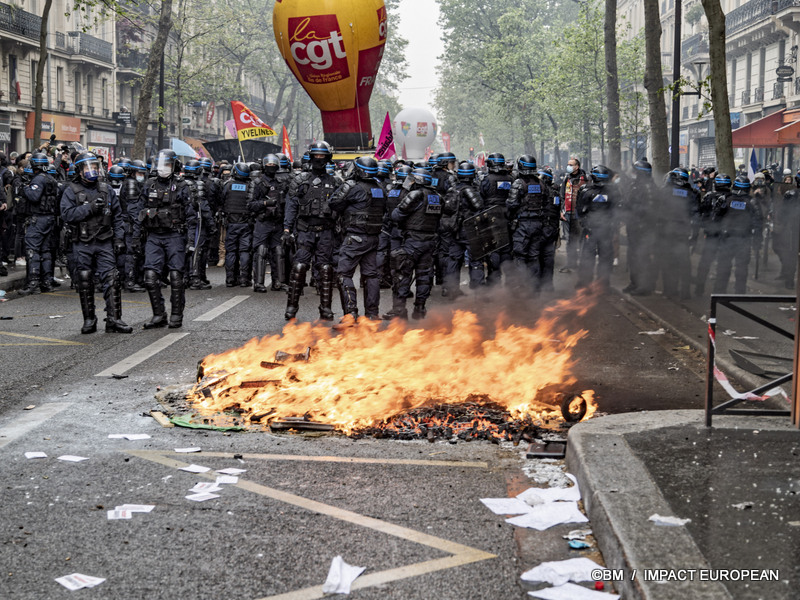
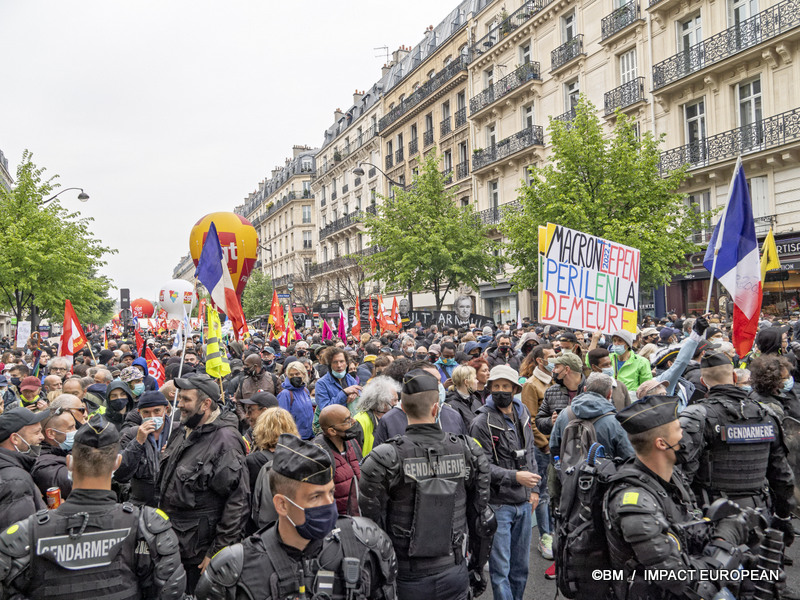
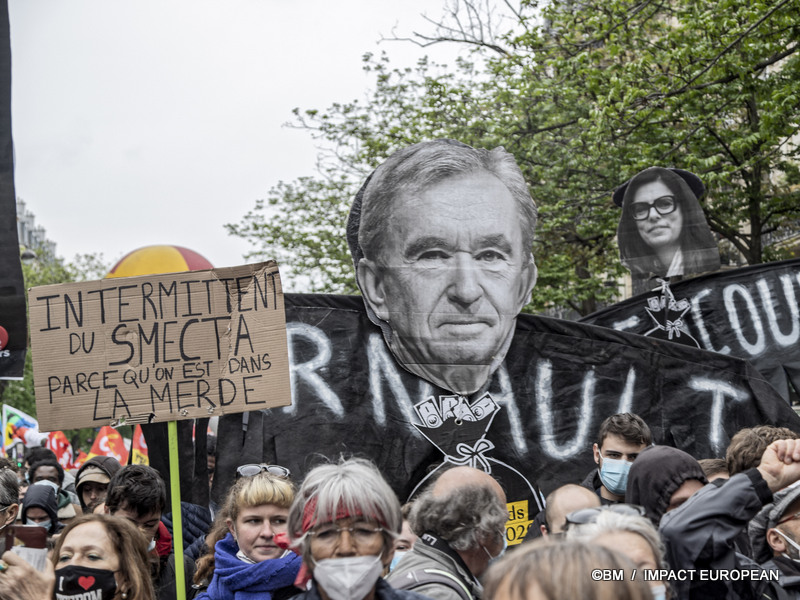
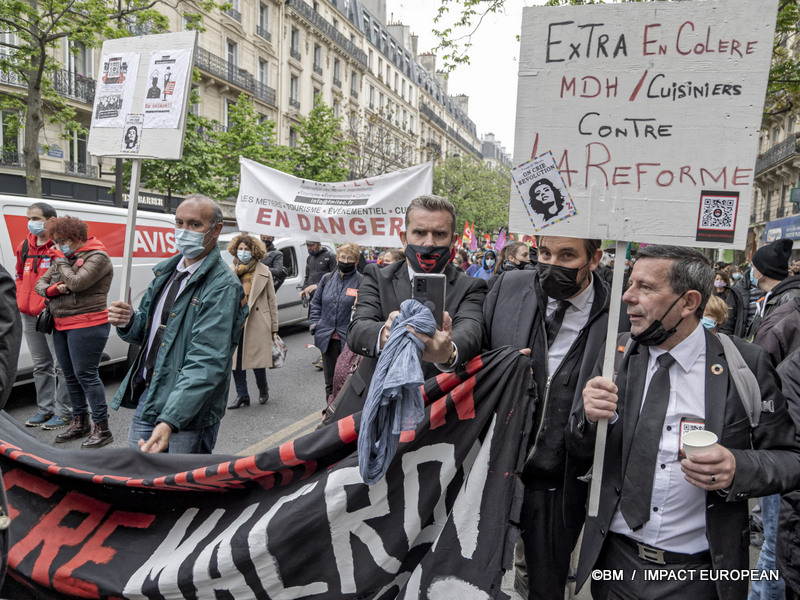
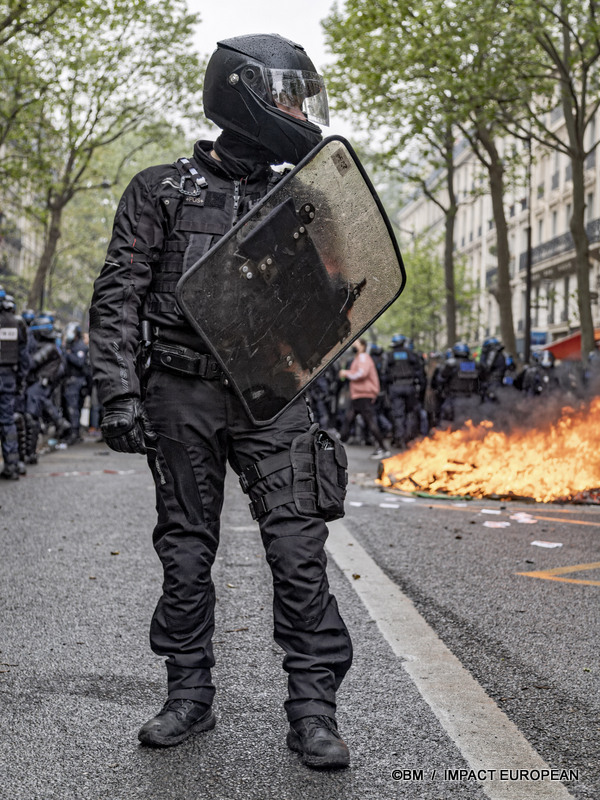
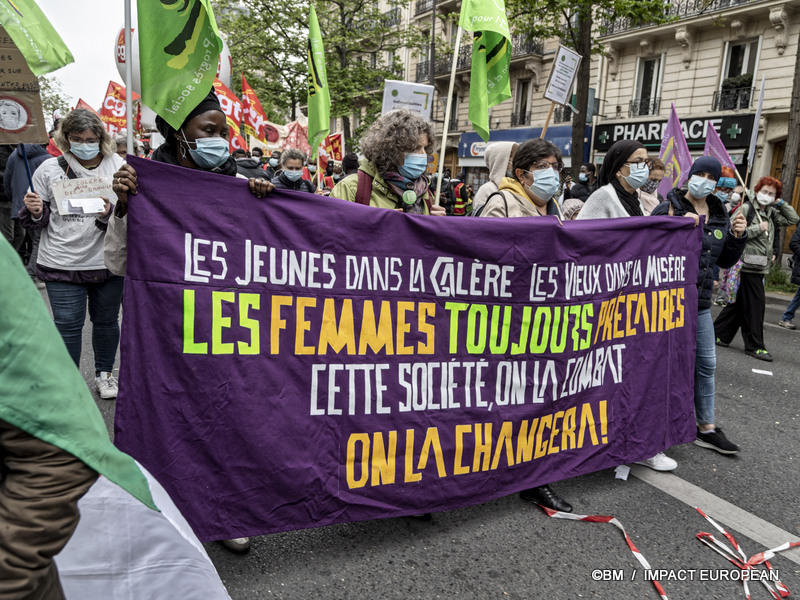
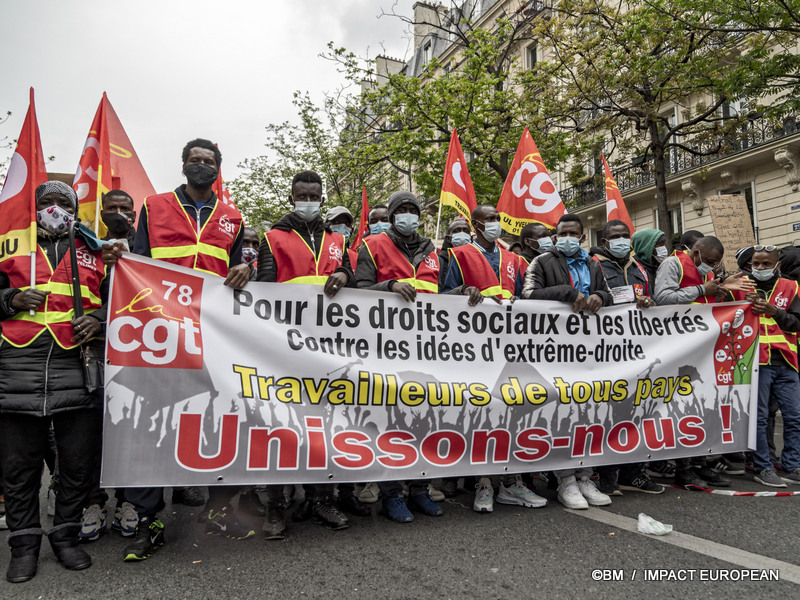
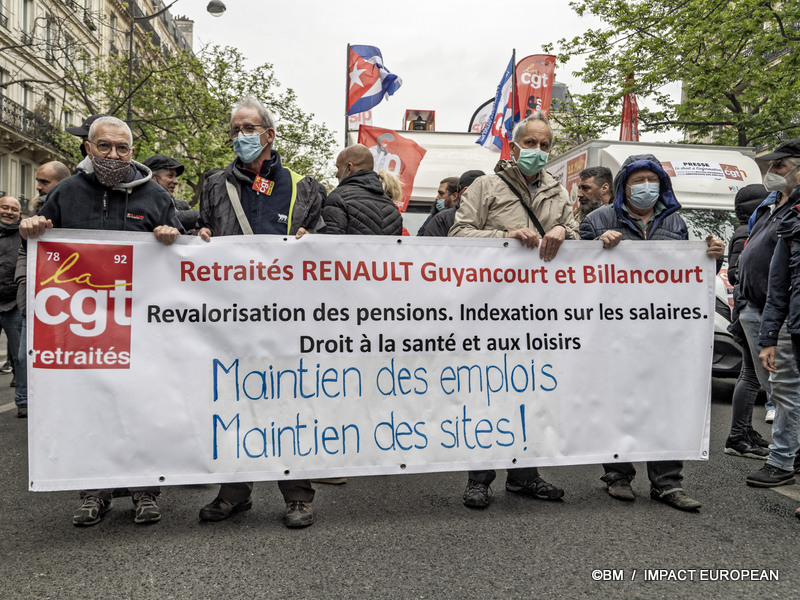
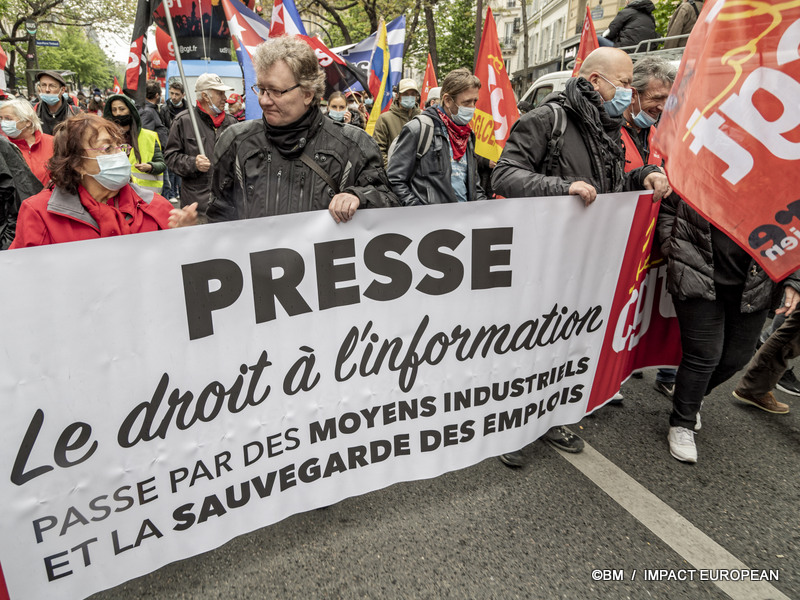
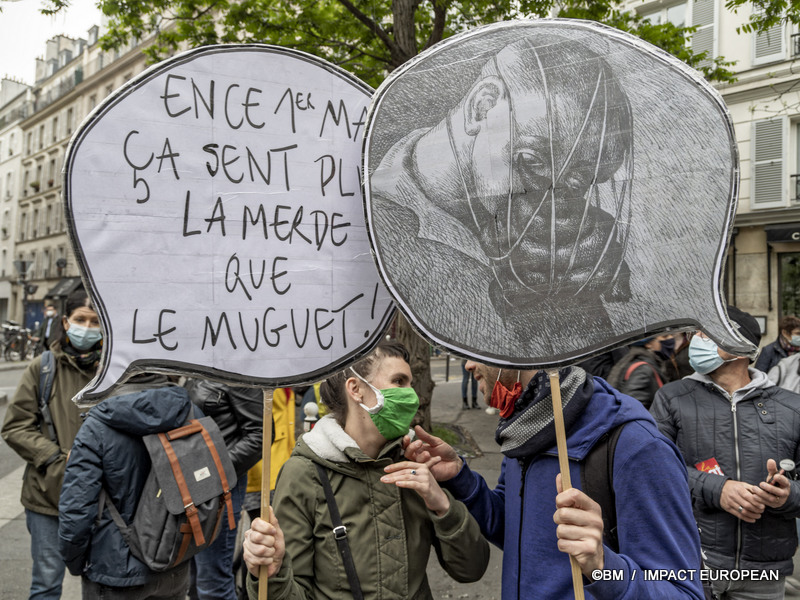
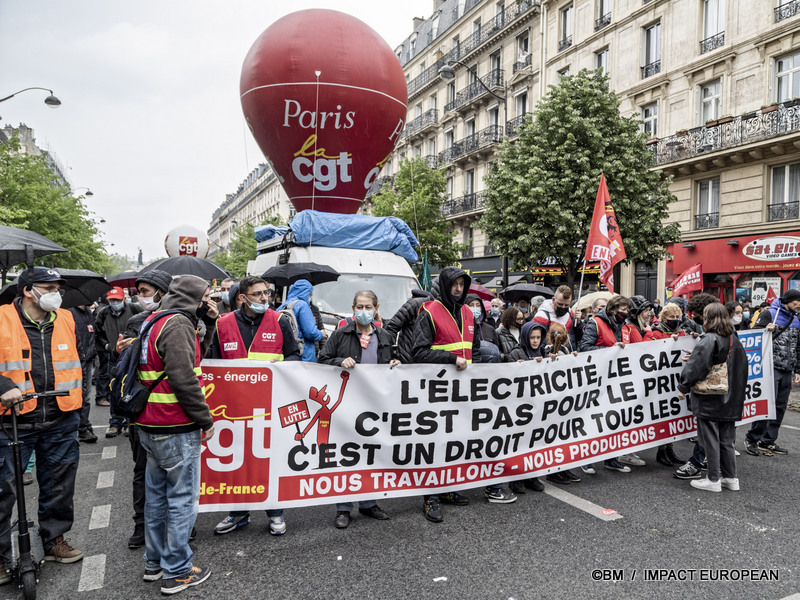
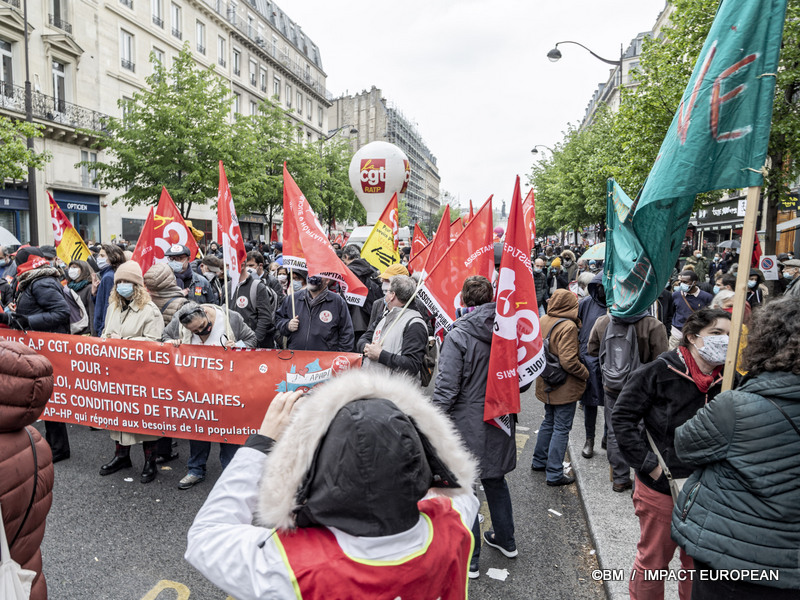
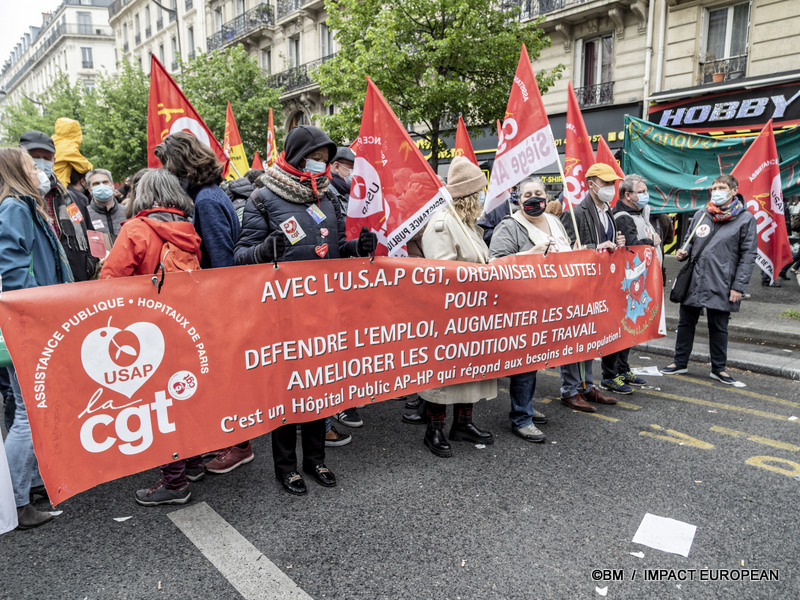
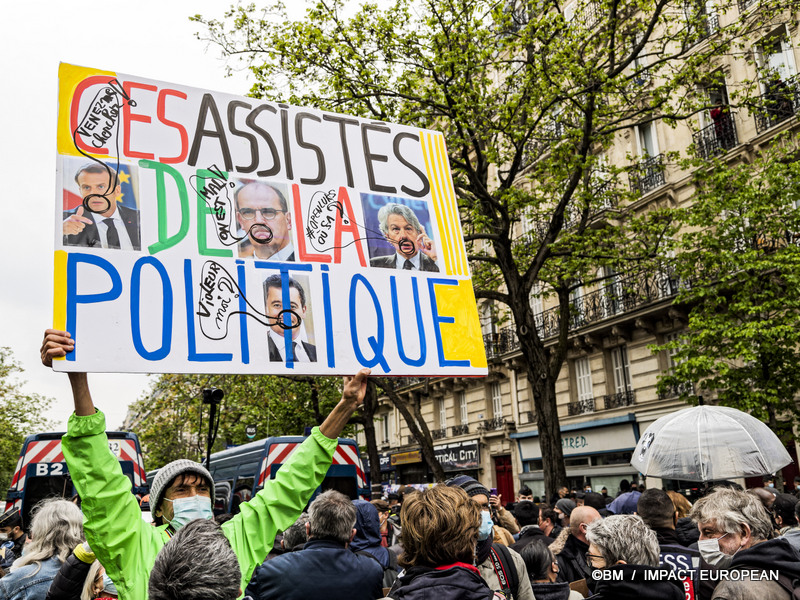
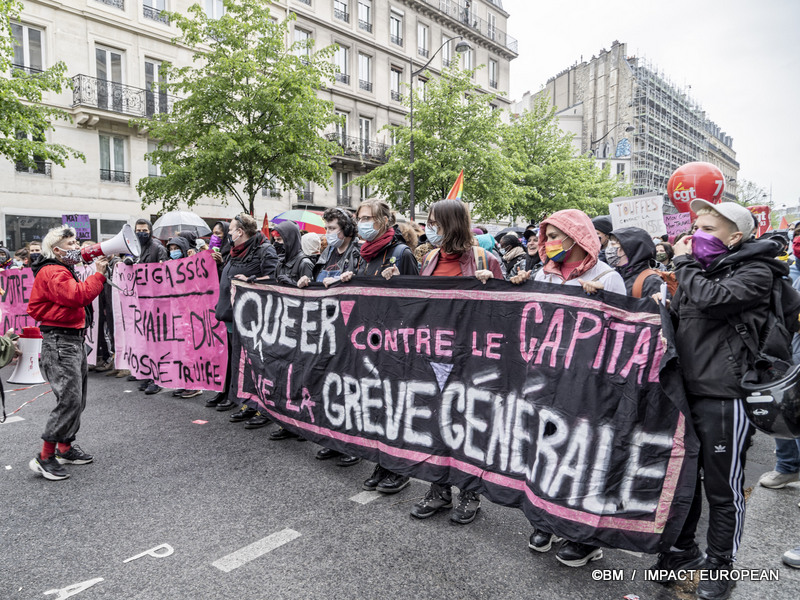
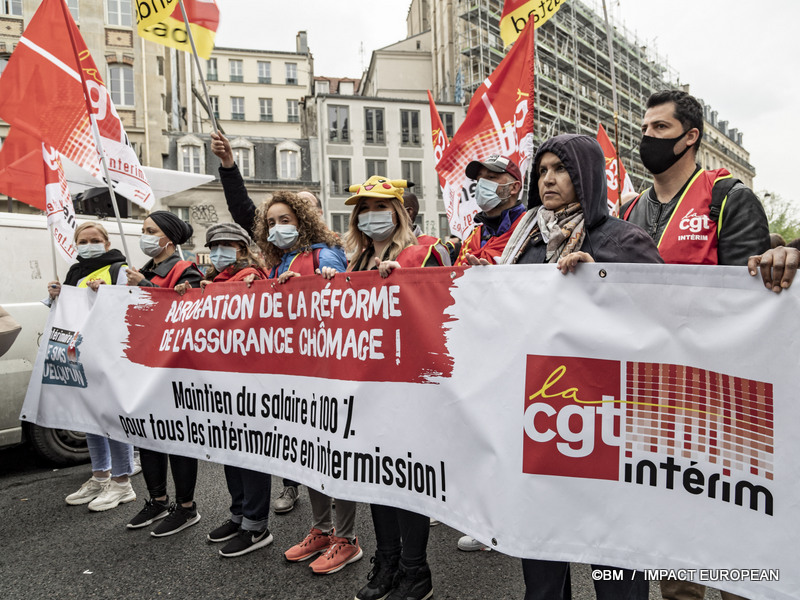
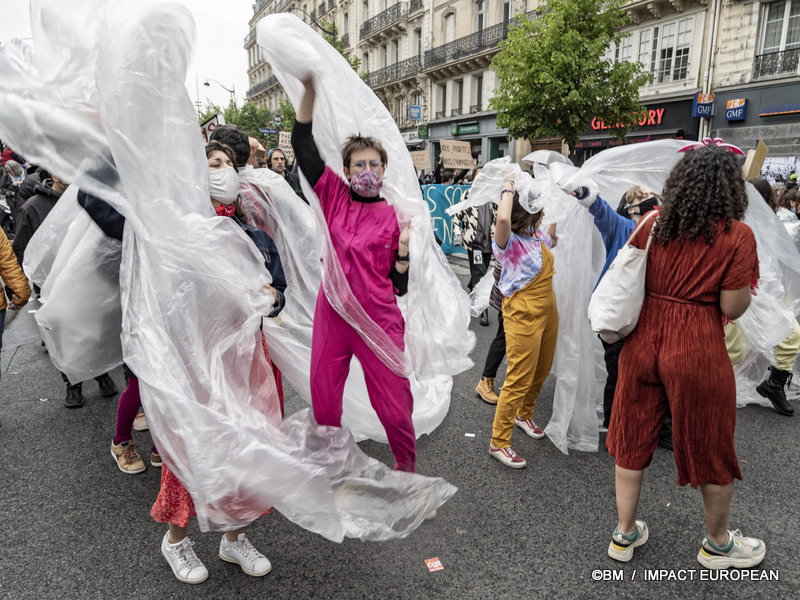
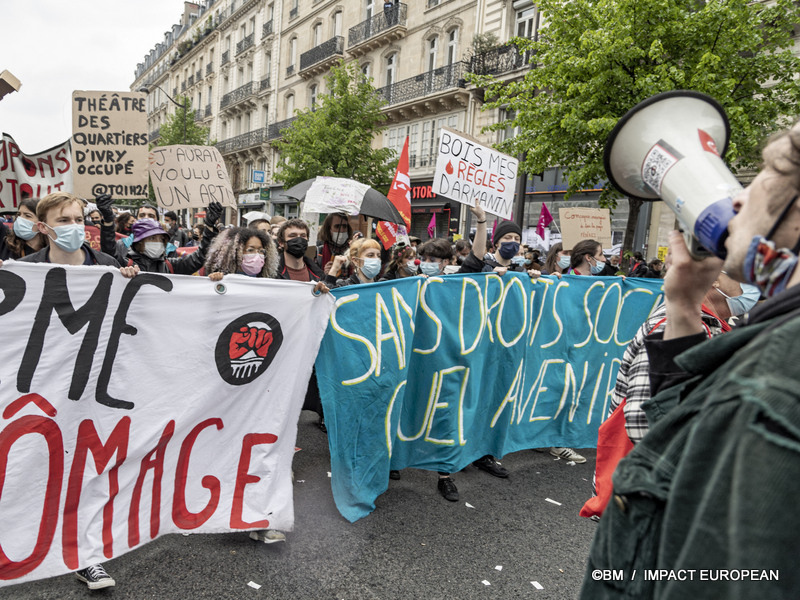
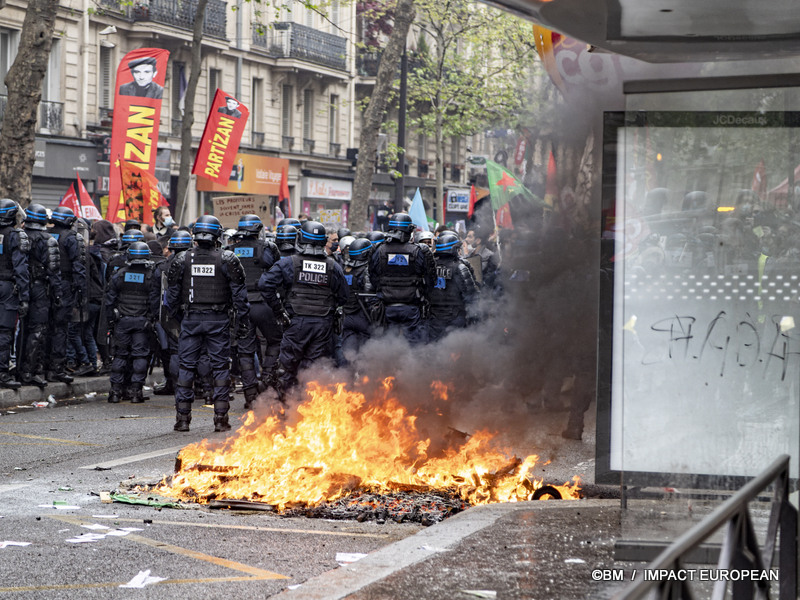
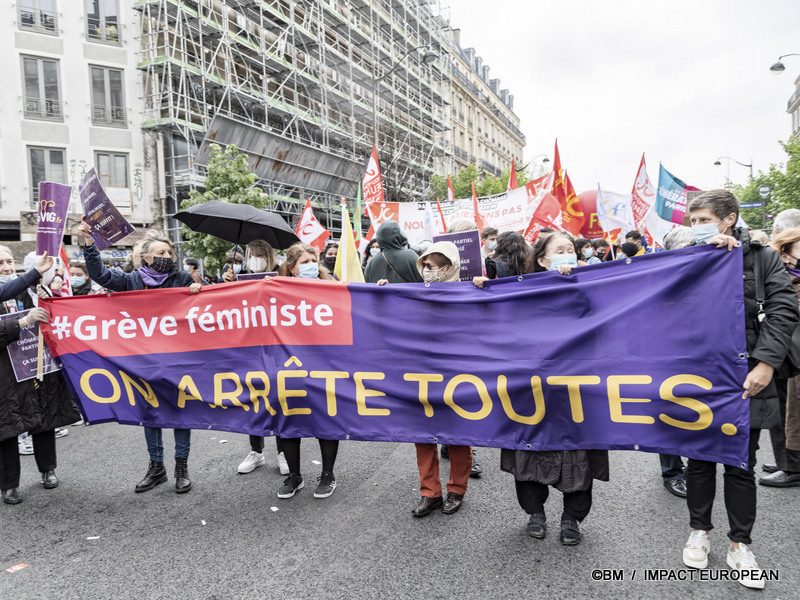
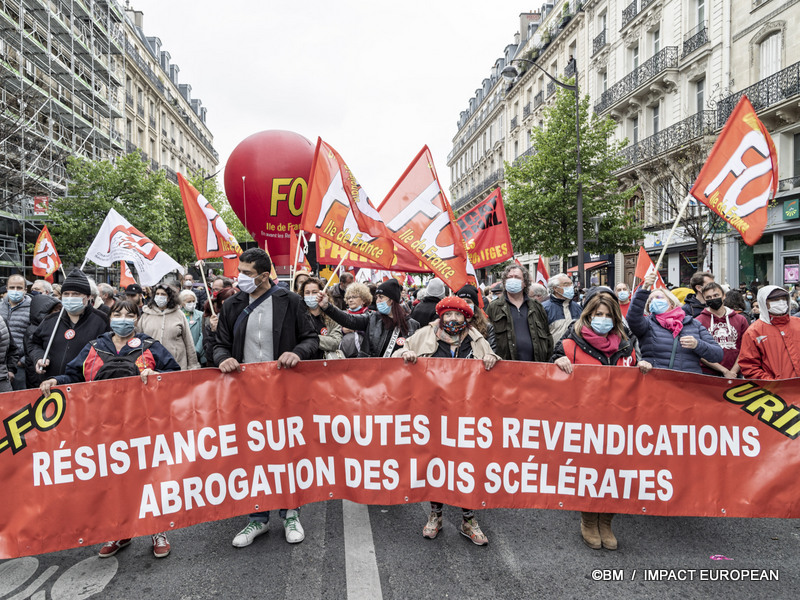
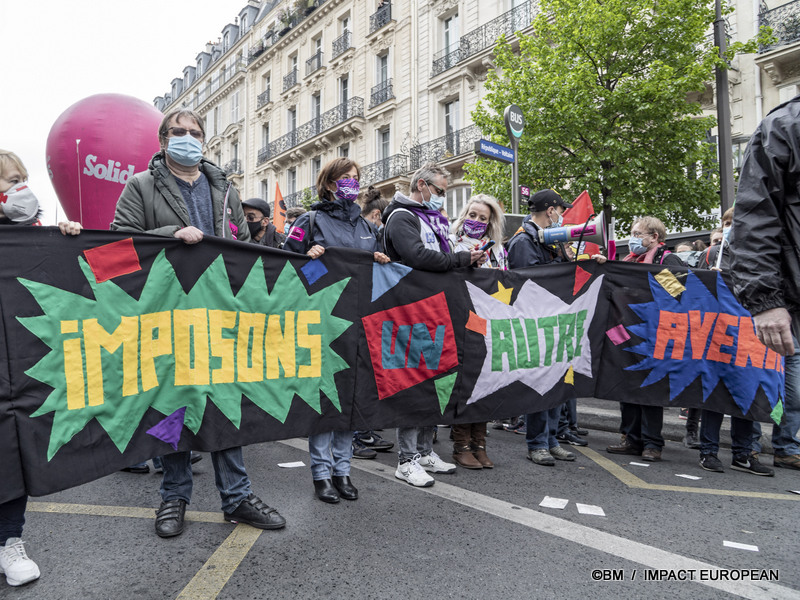
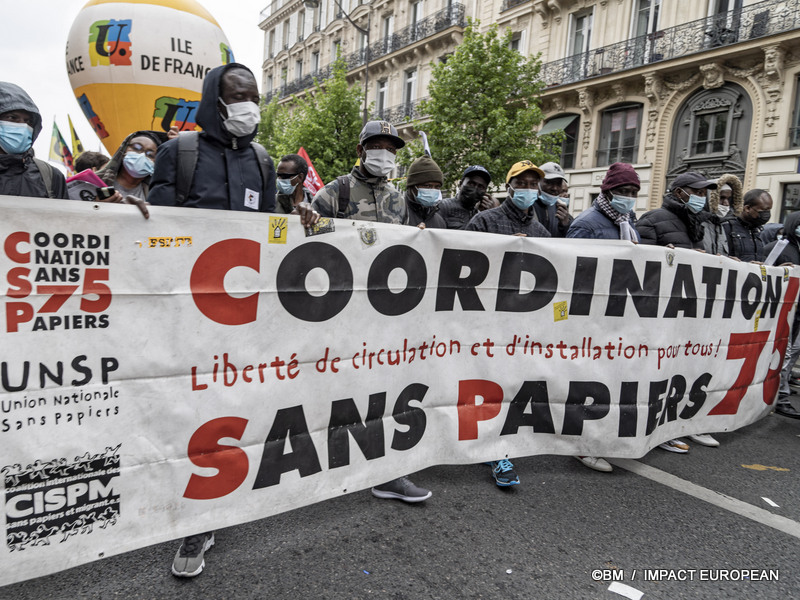
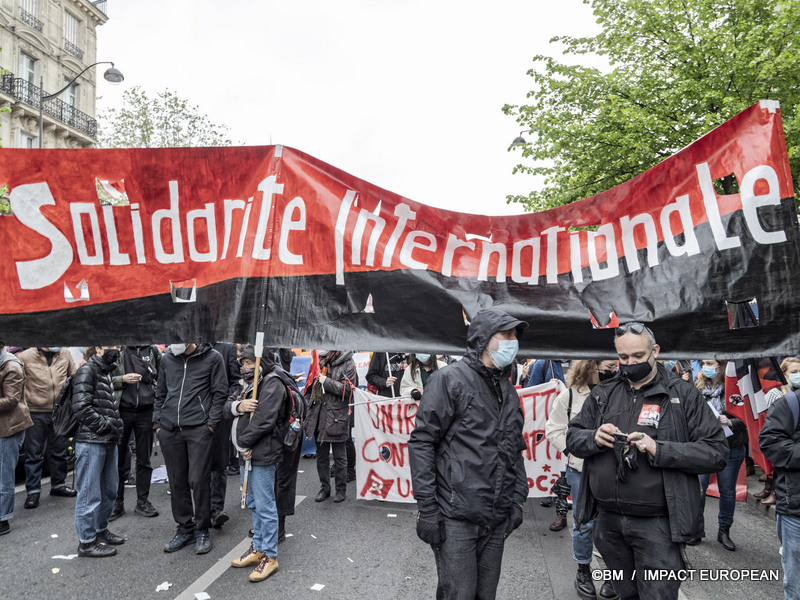

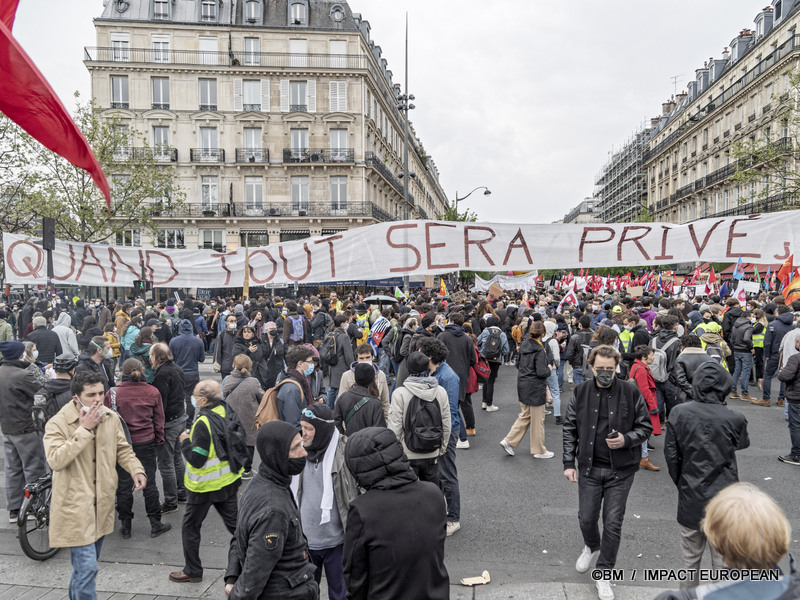
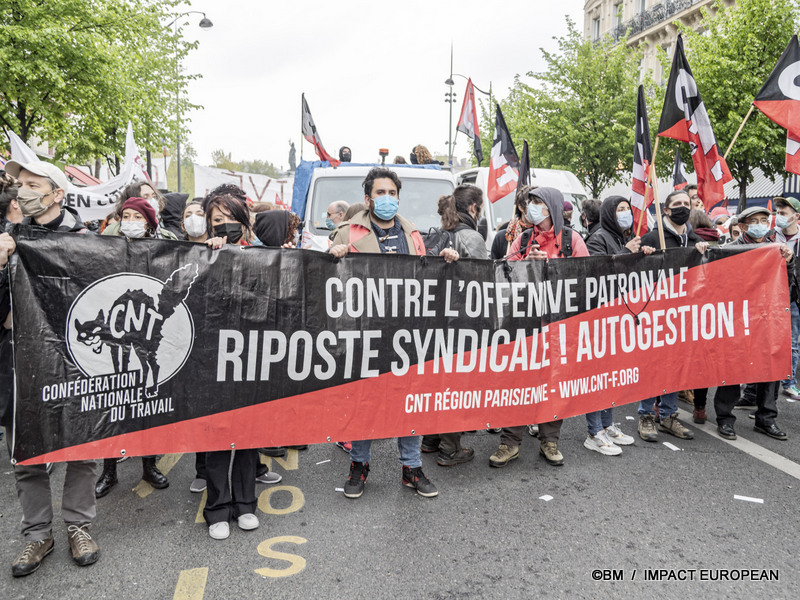
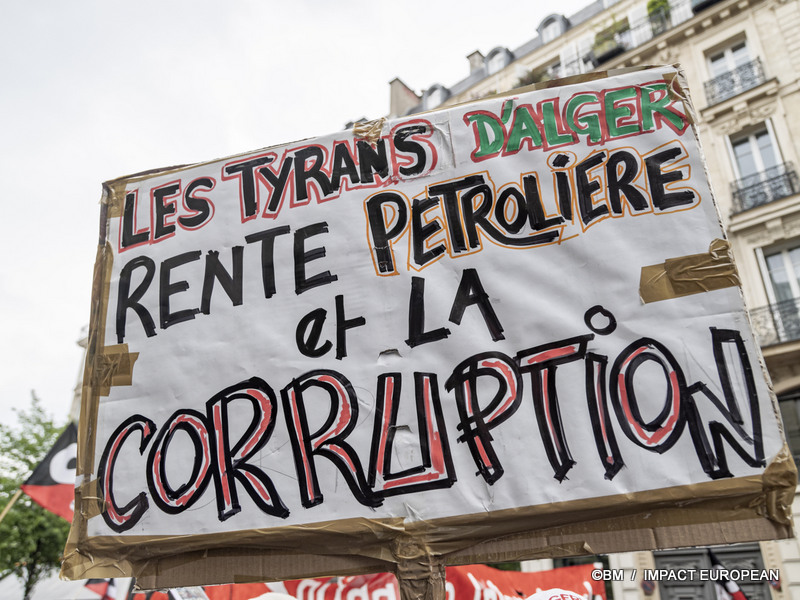
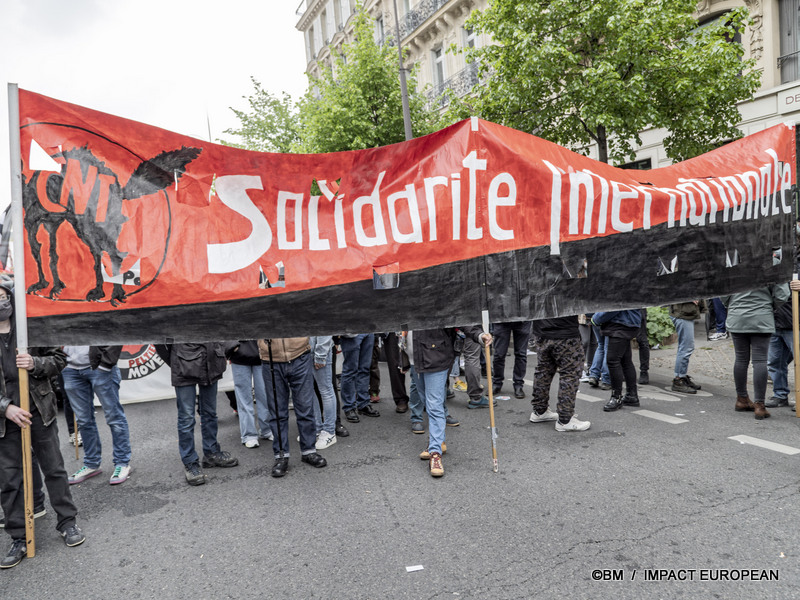
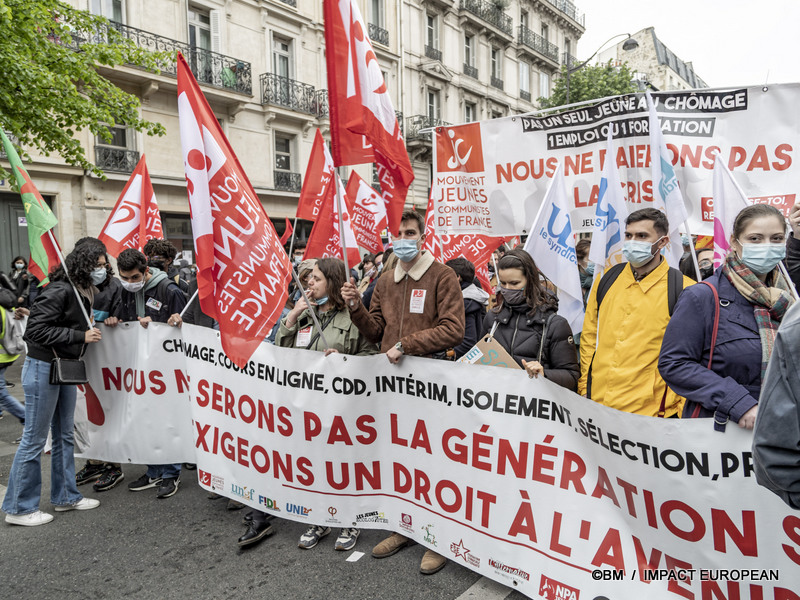
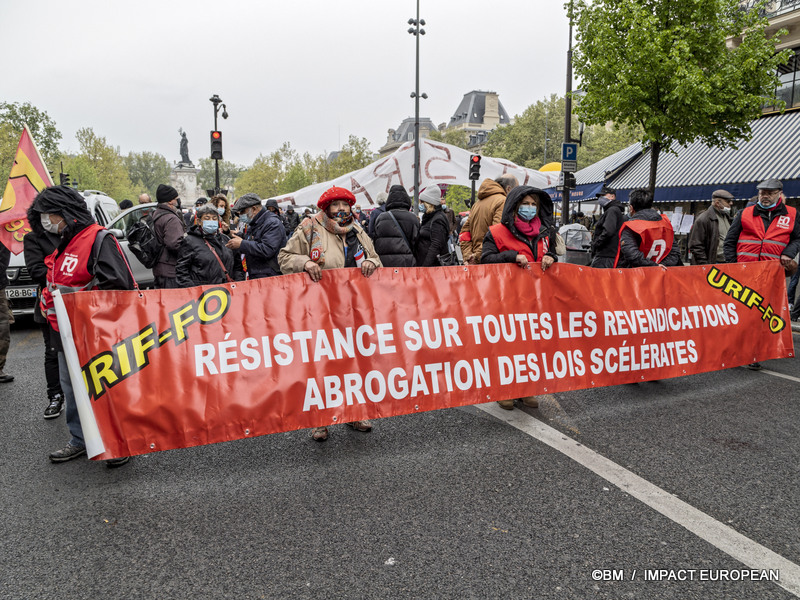
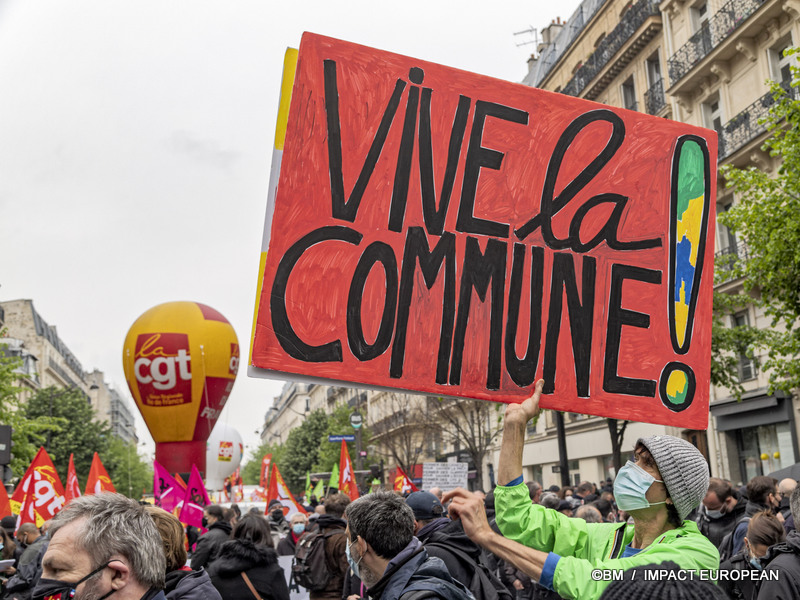
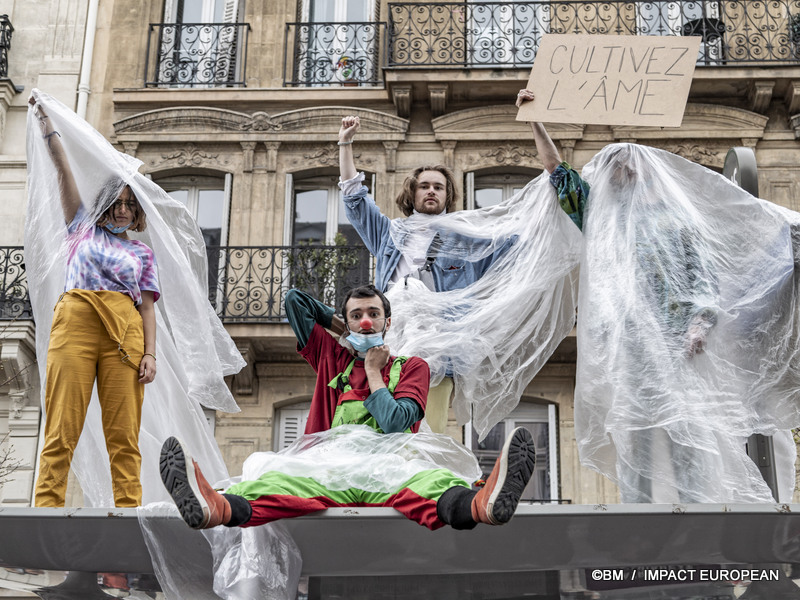

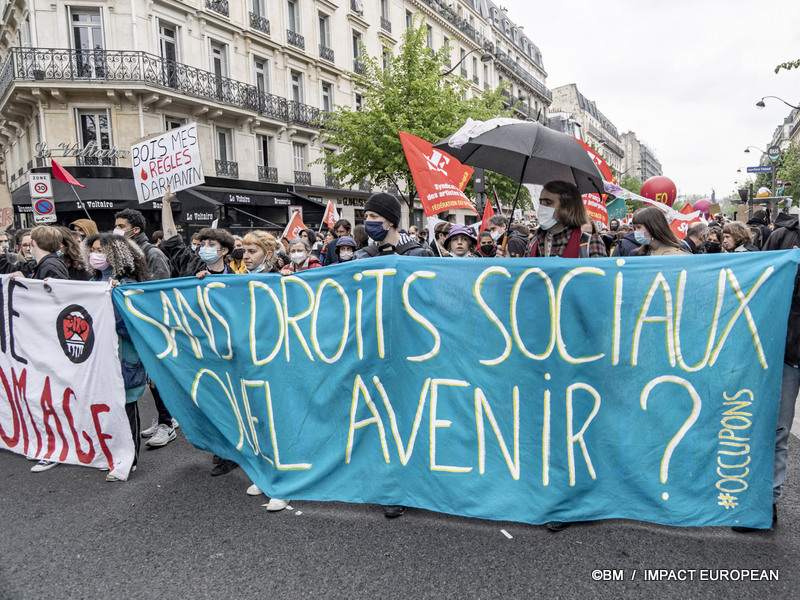

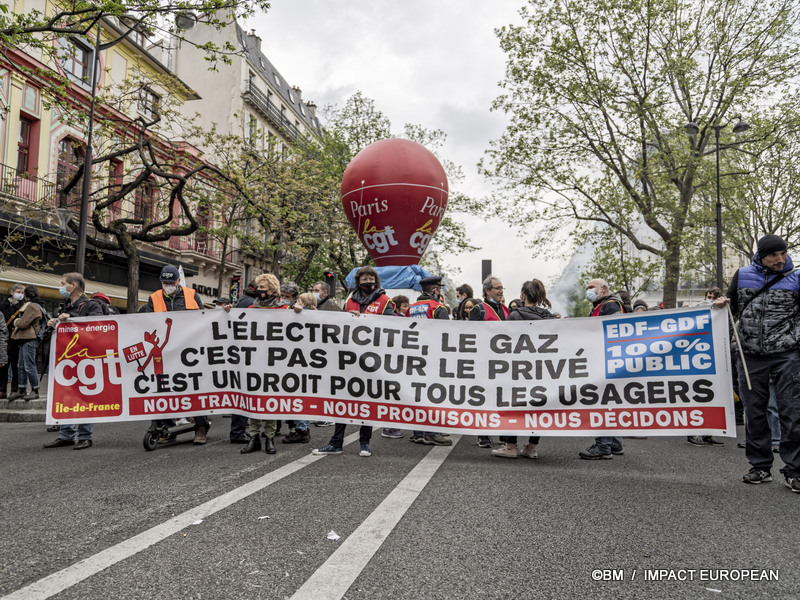
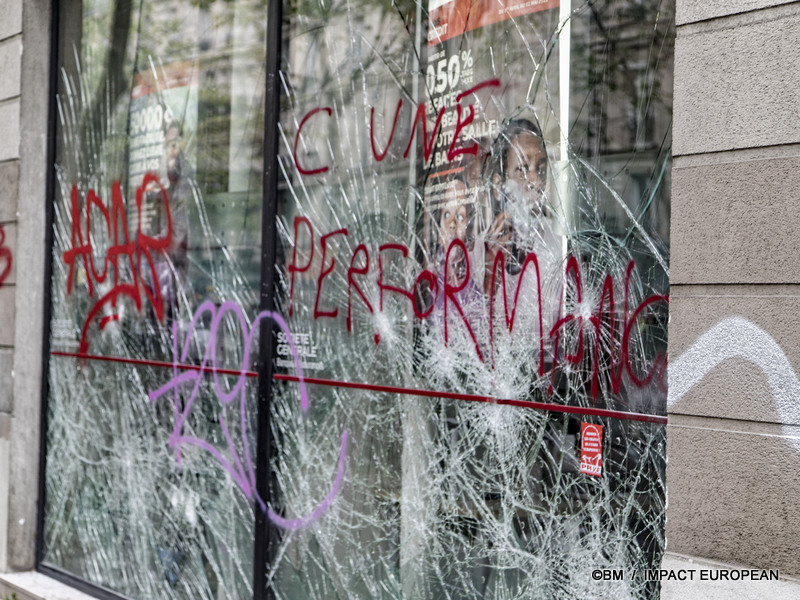
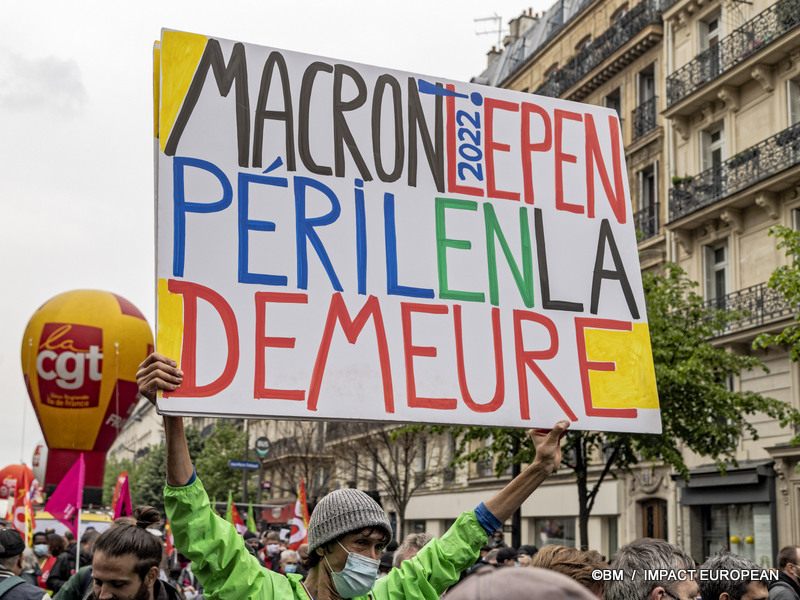
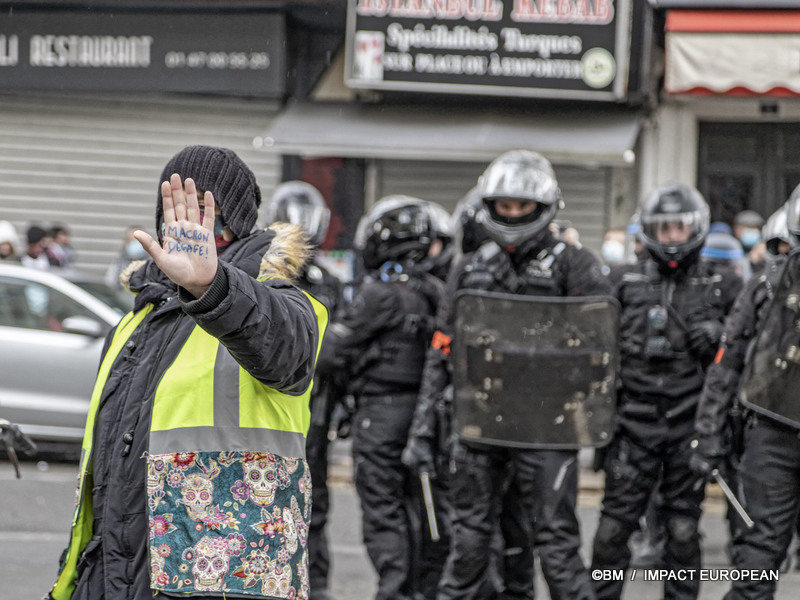
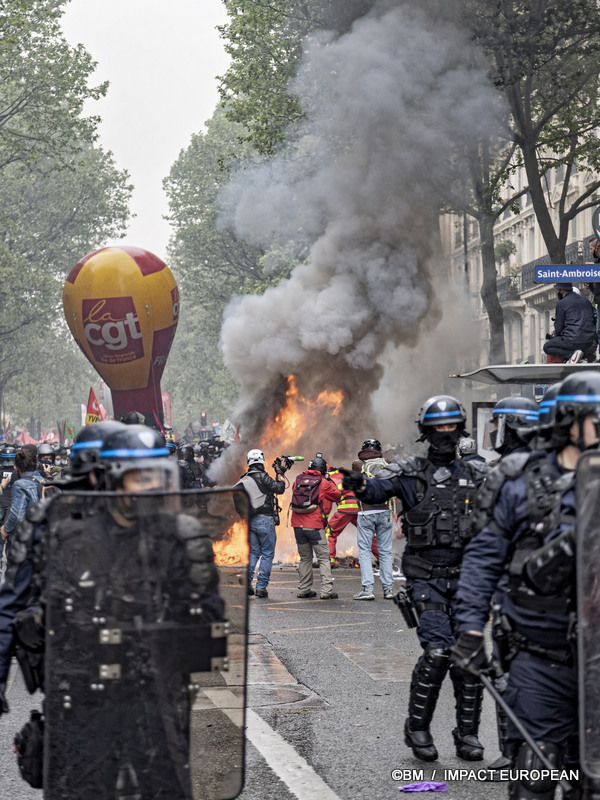
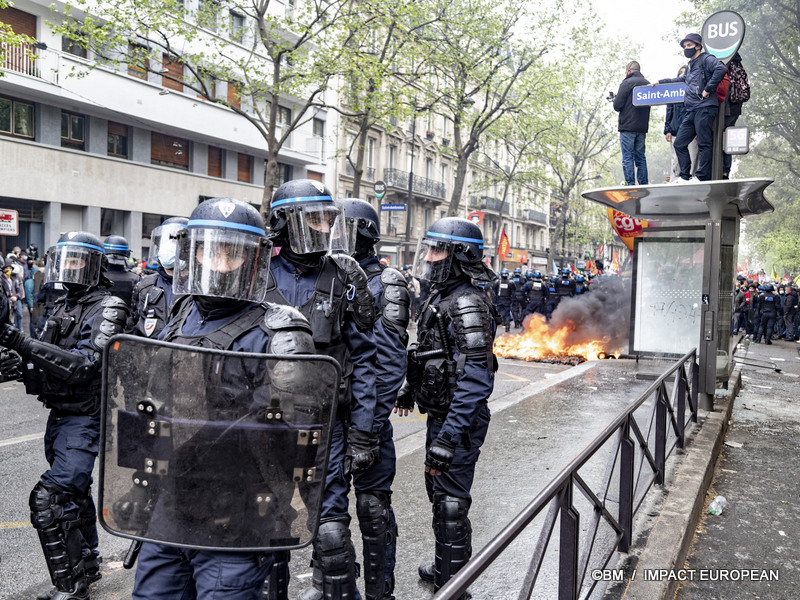
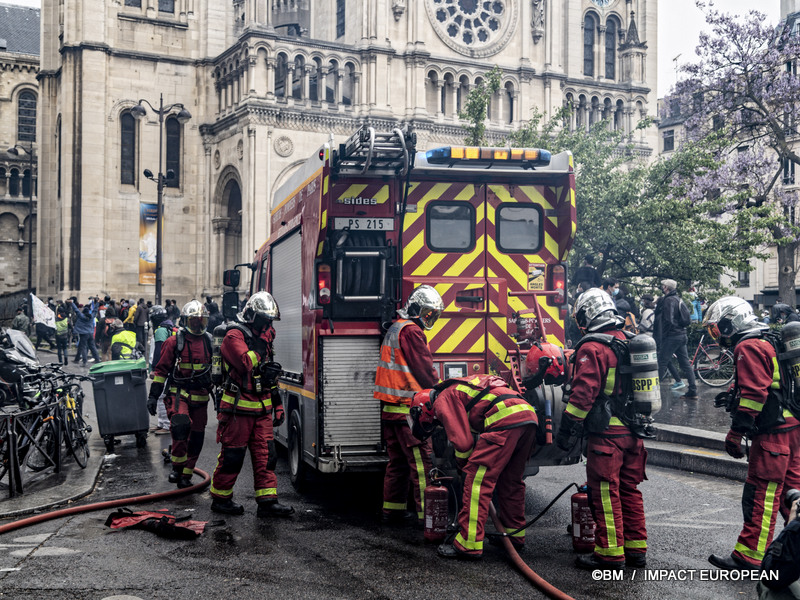
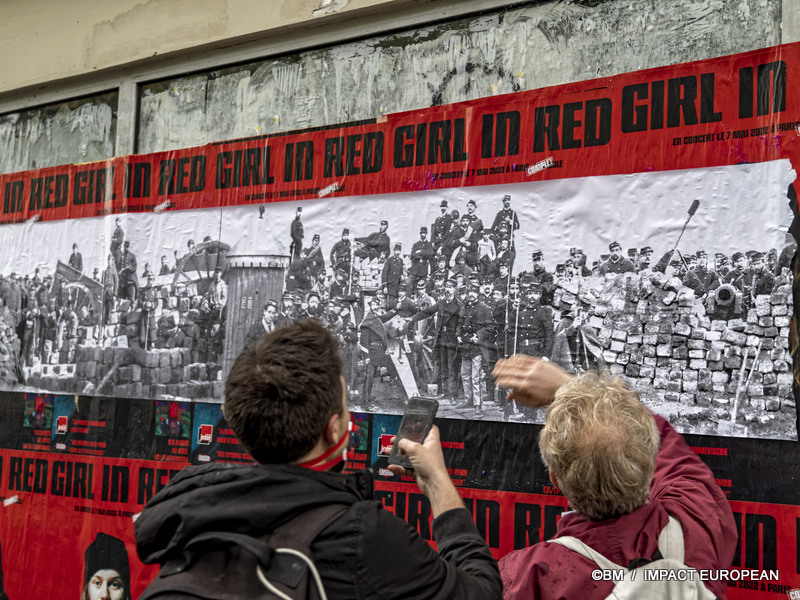
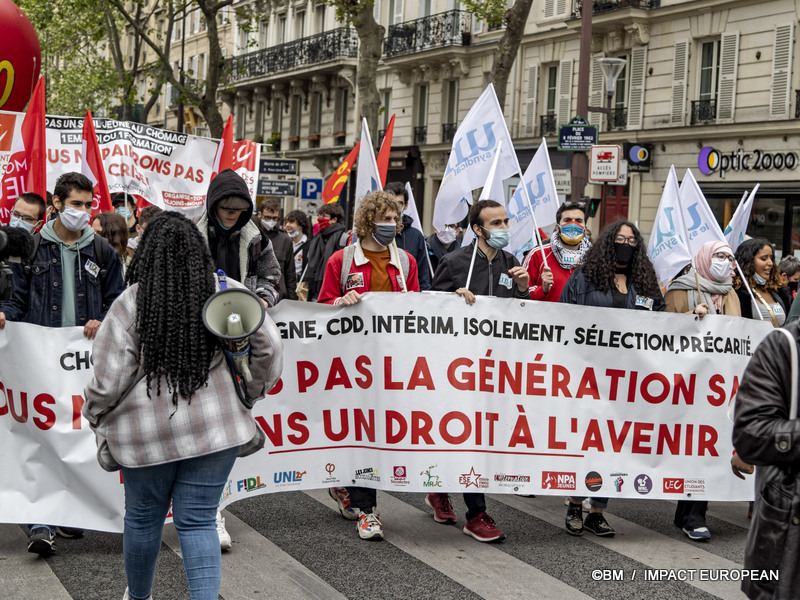
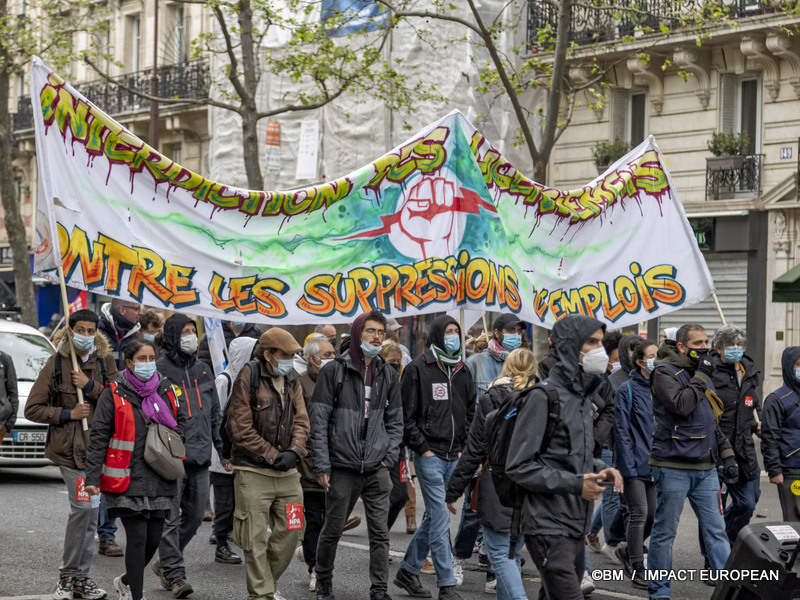
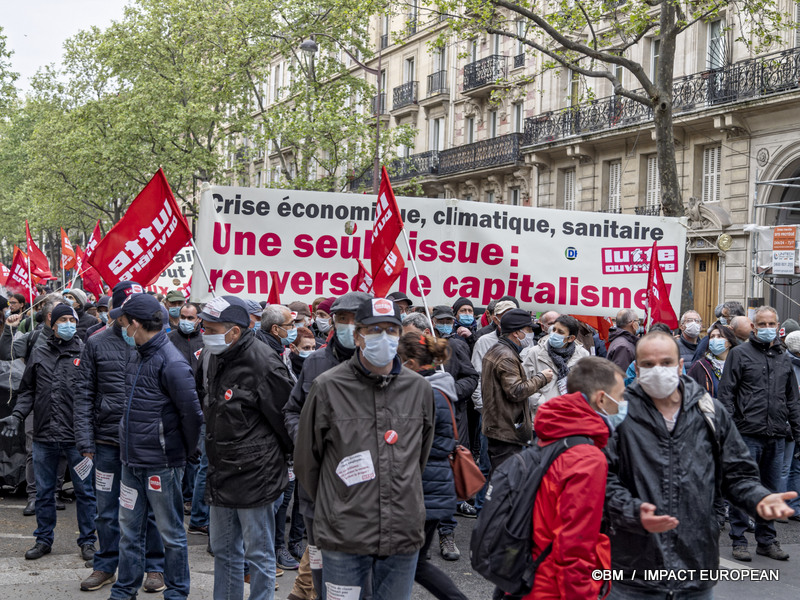
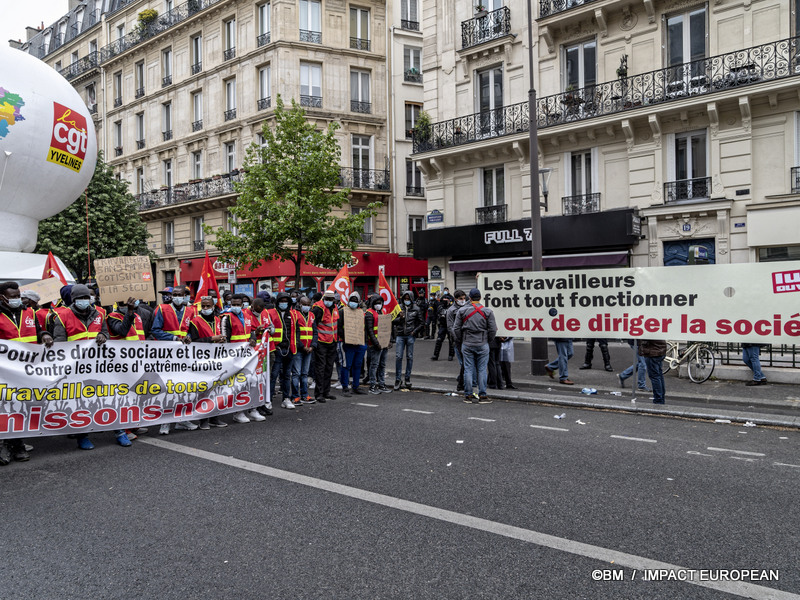
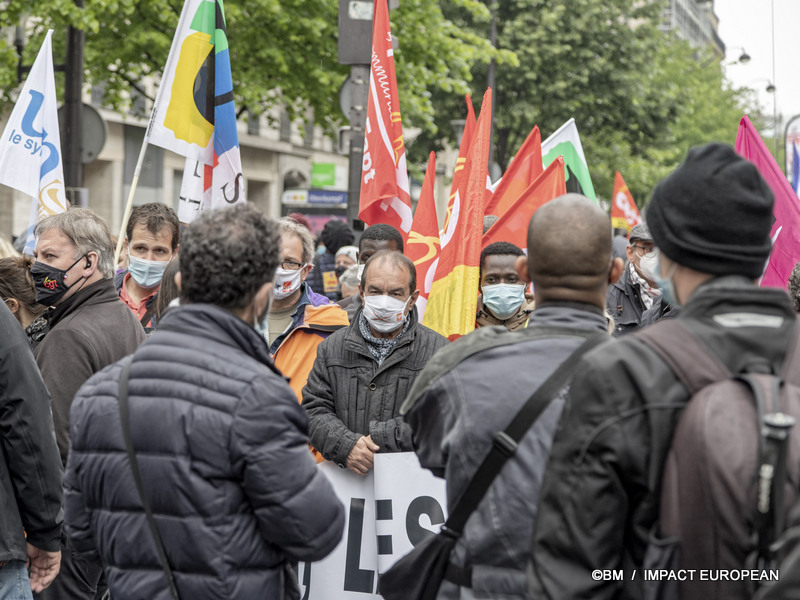
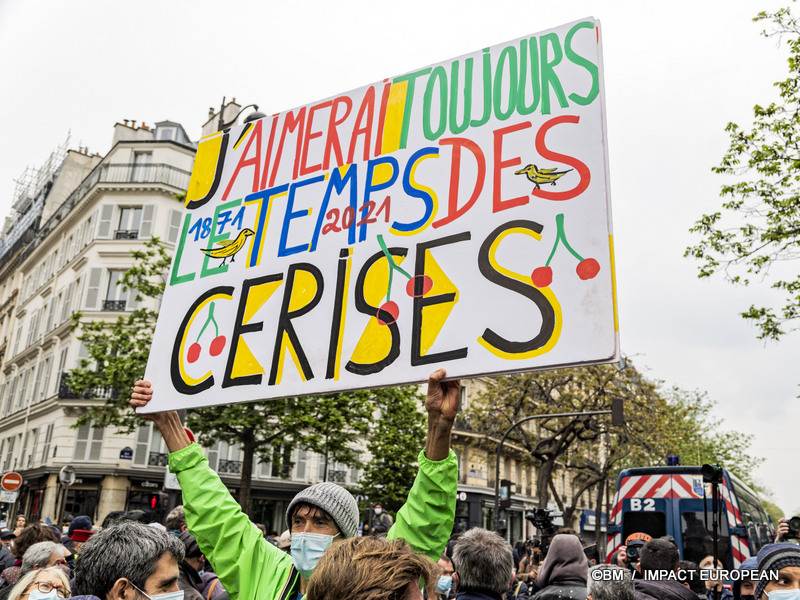
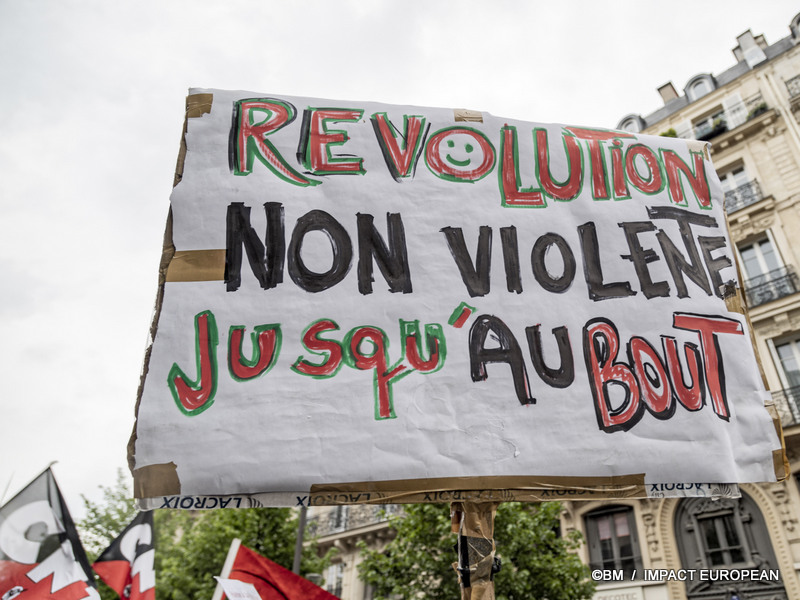
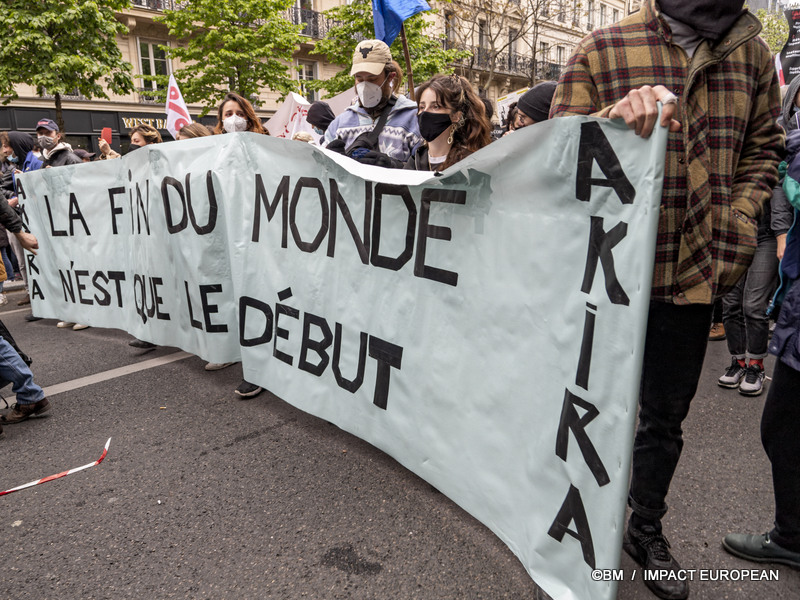
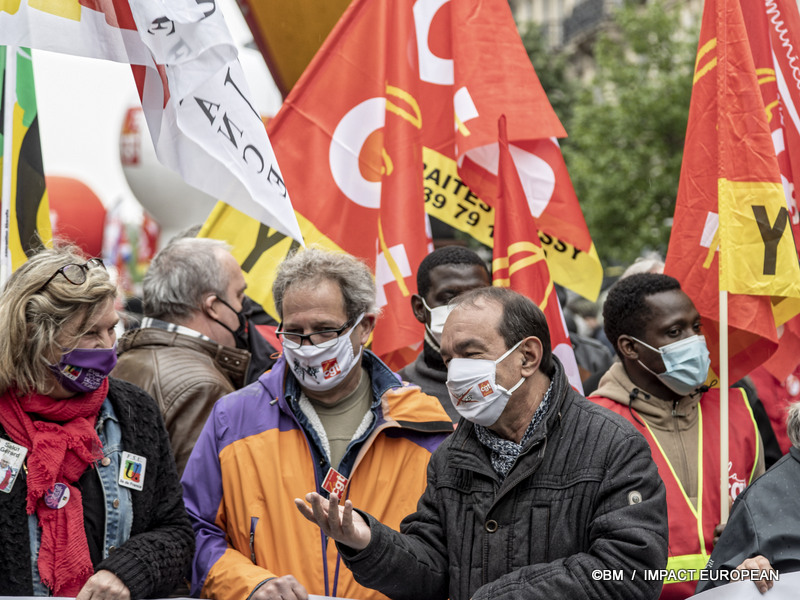
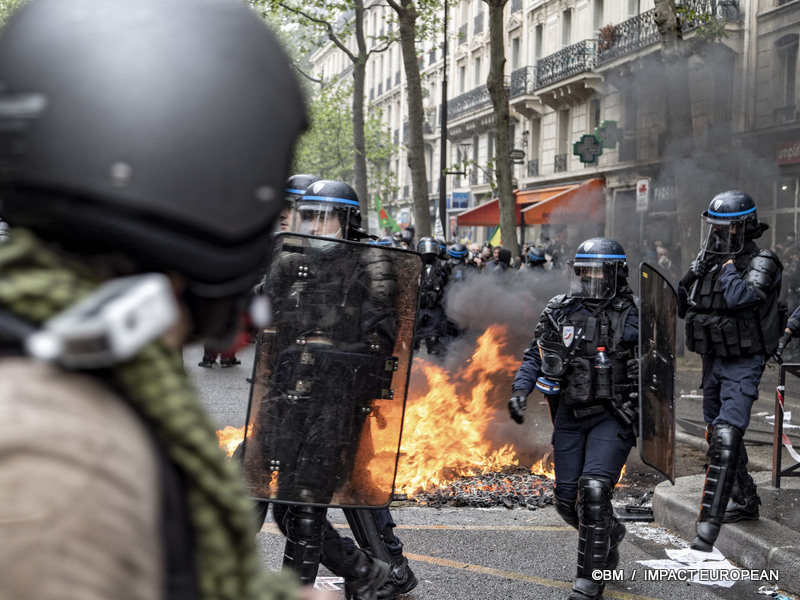
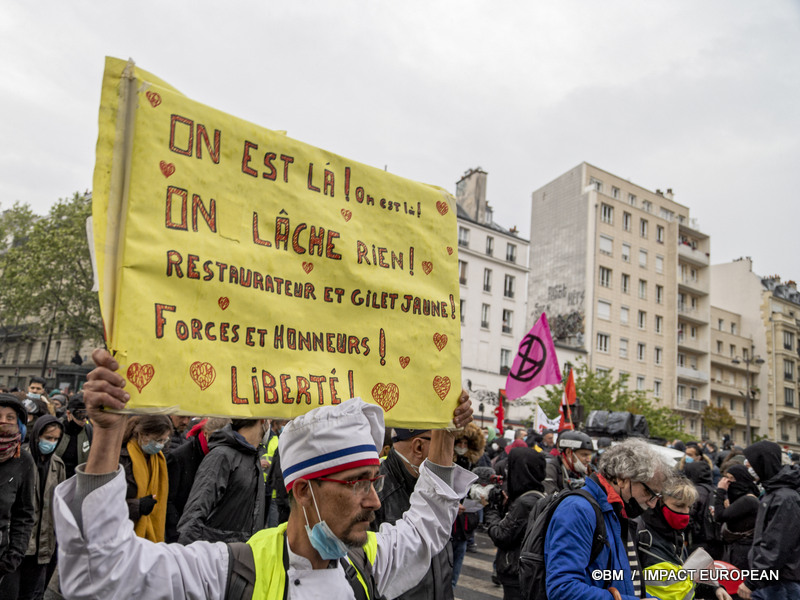
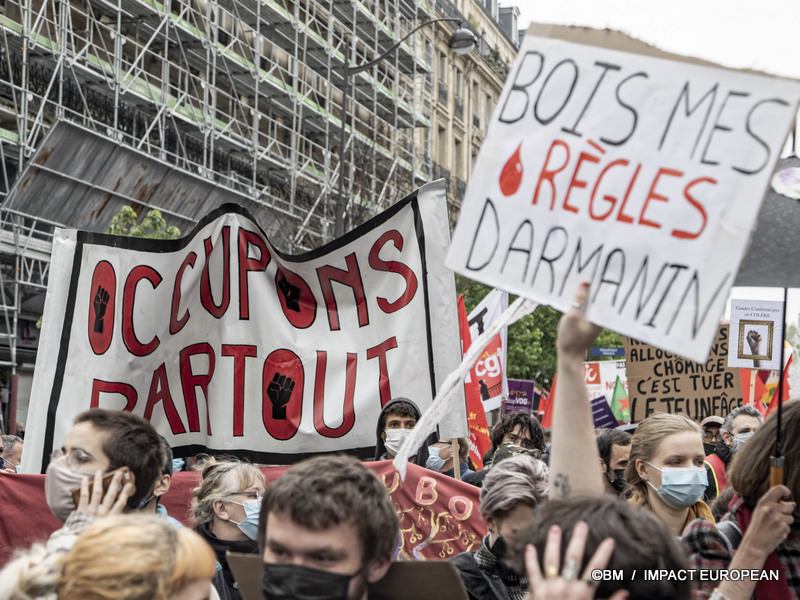
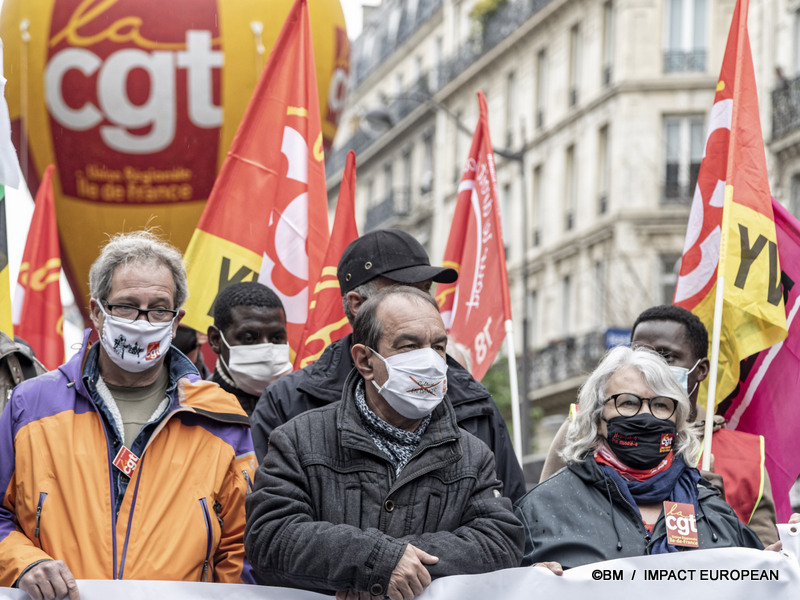
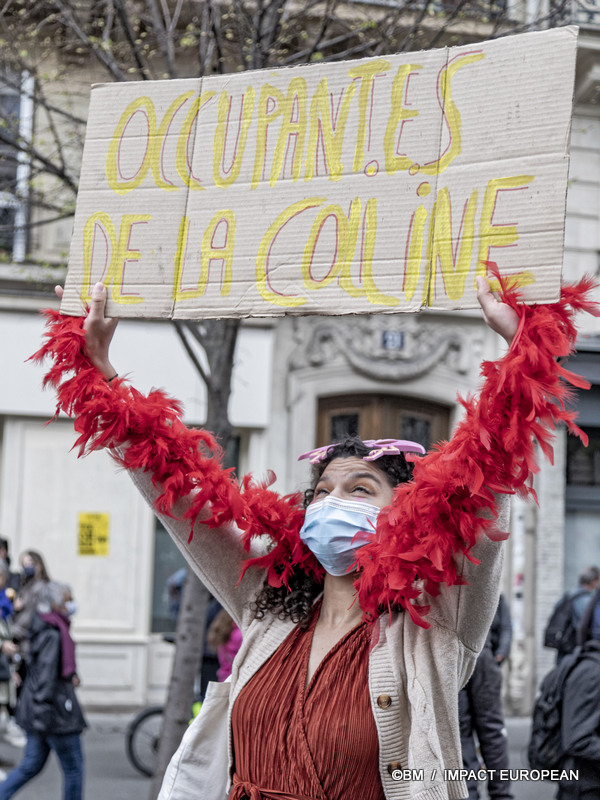
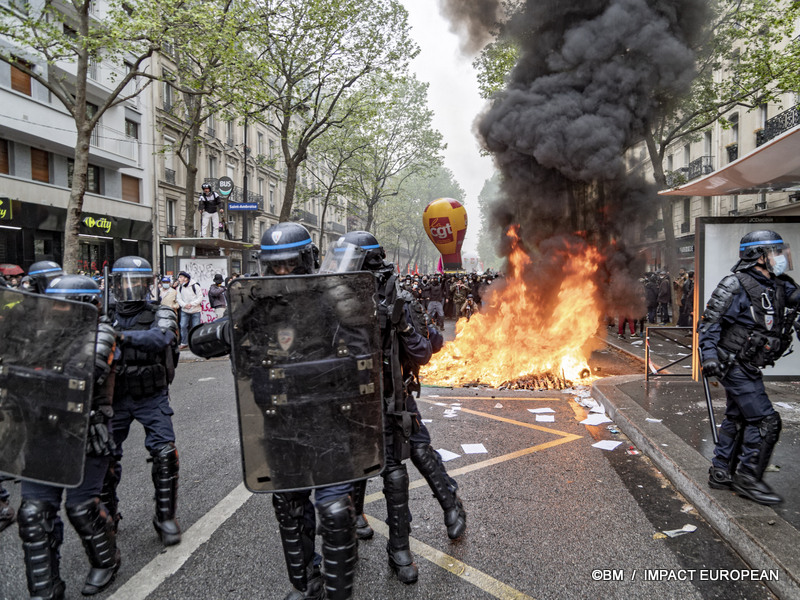
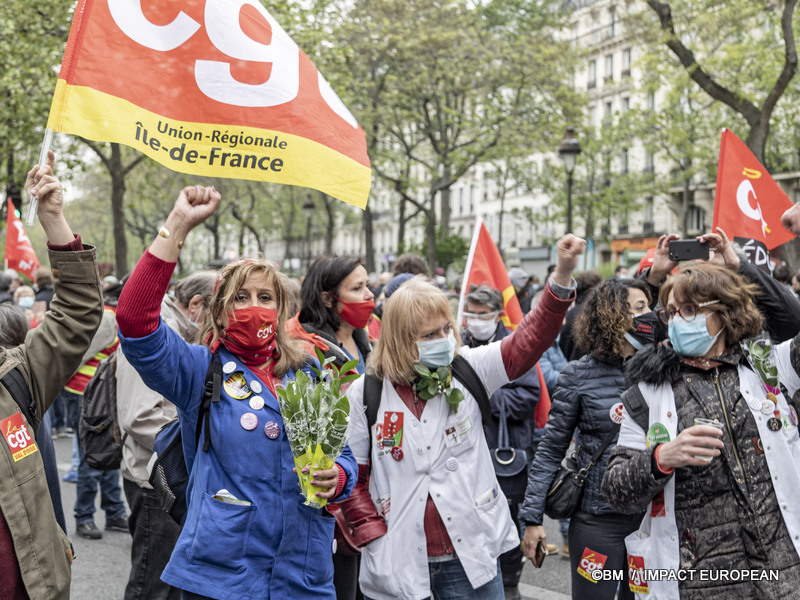
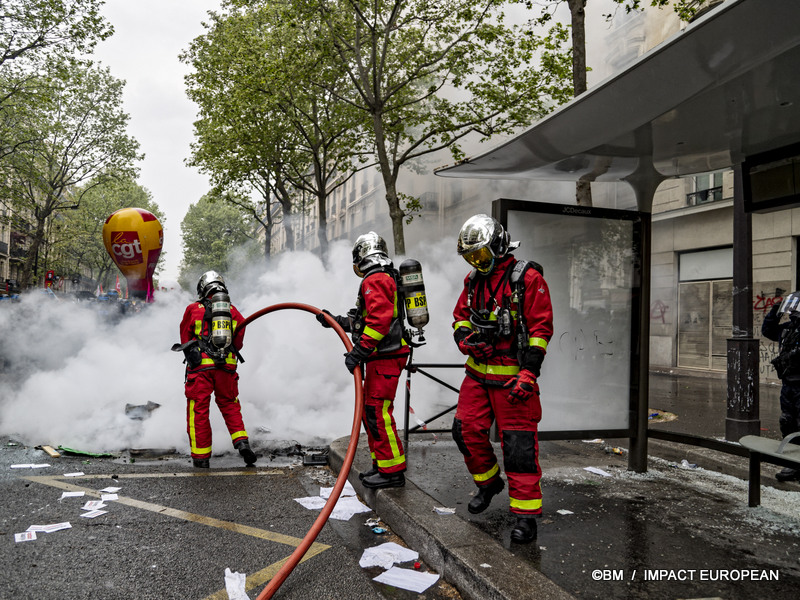
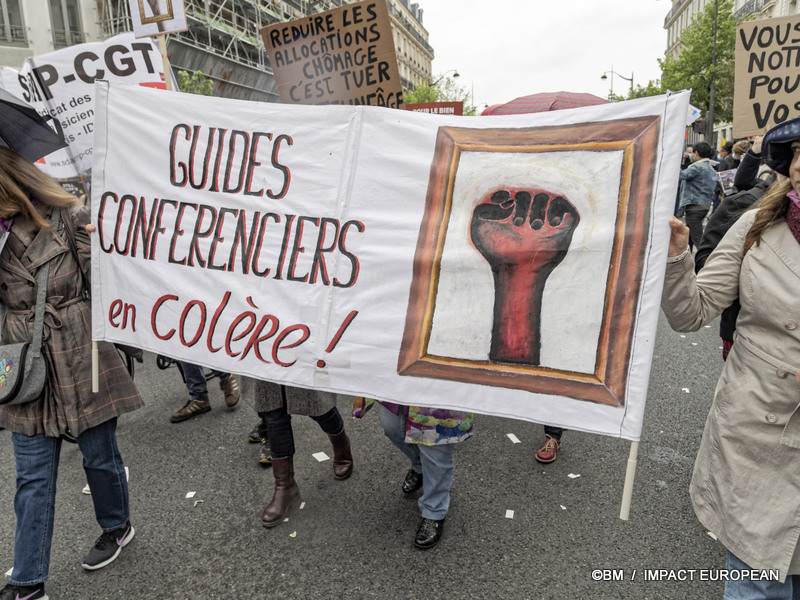
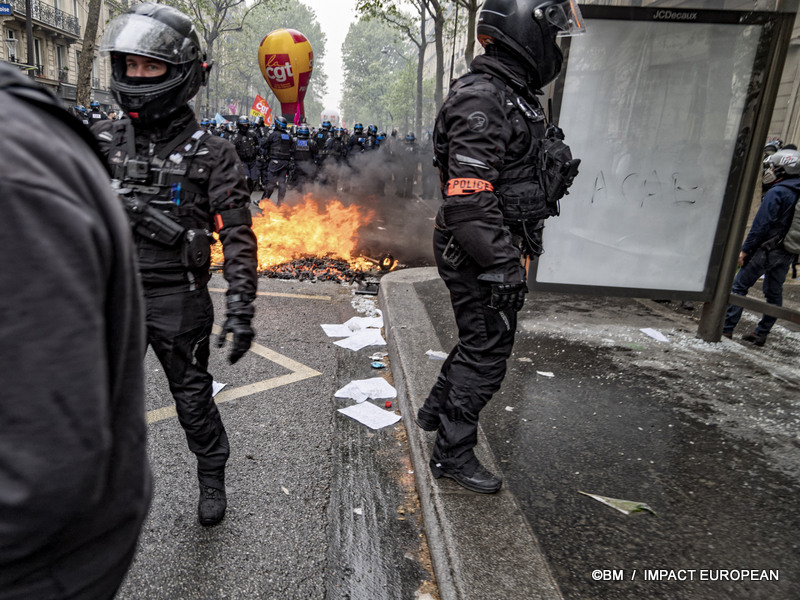
More Stories
Pope Francis died on Easter Monday
PRO D2: SU Agen falls 59-10 to Colomiers
The 9th Merville Arts Festival and the winners